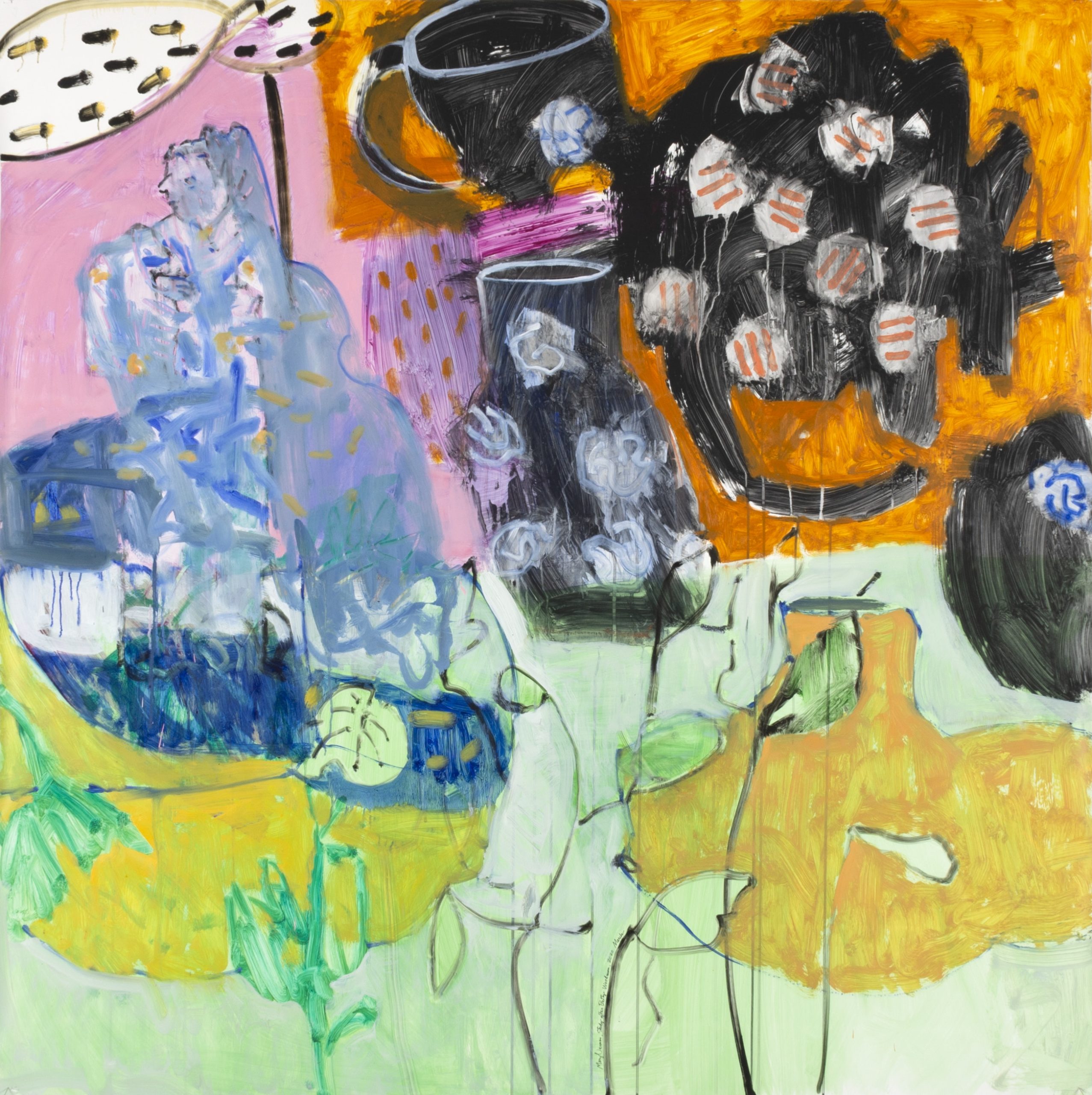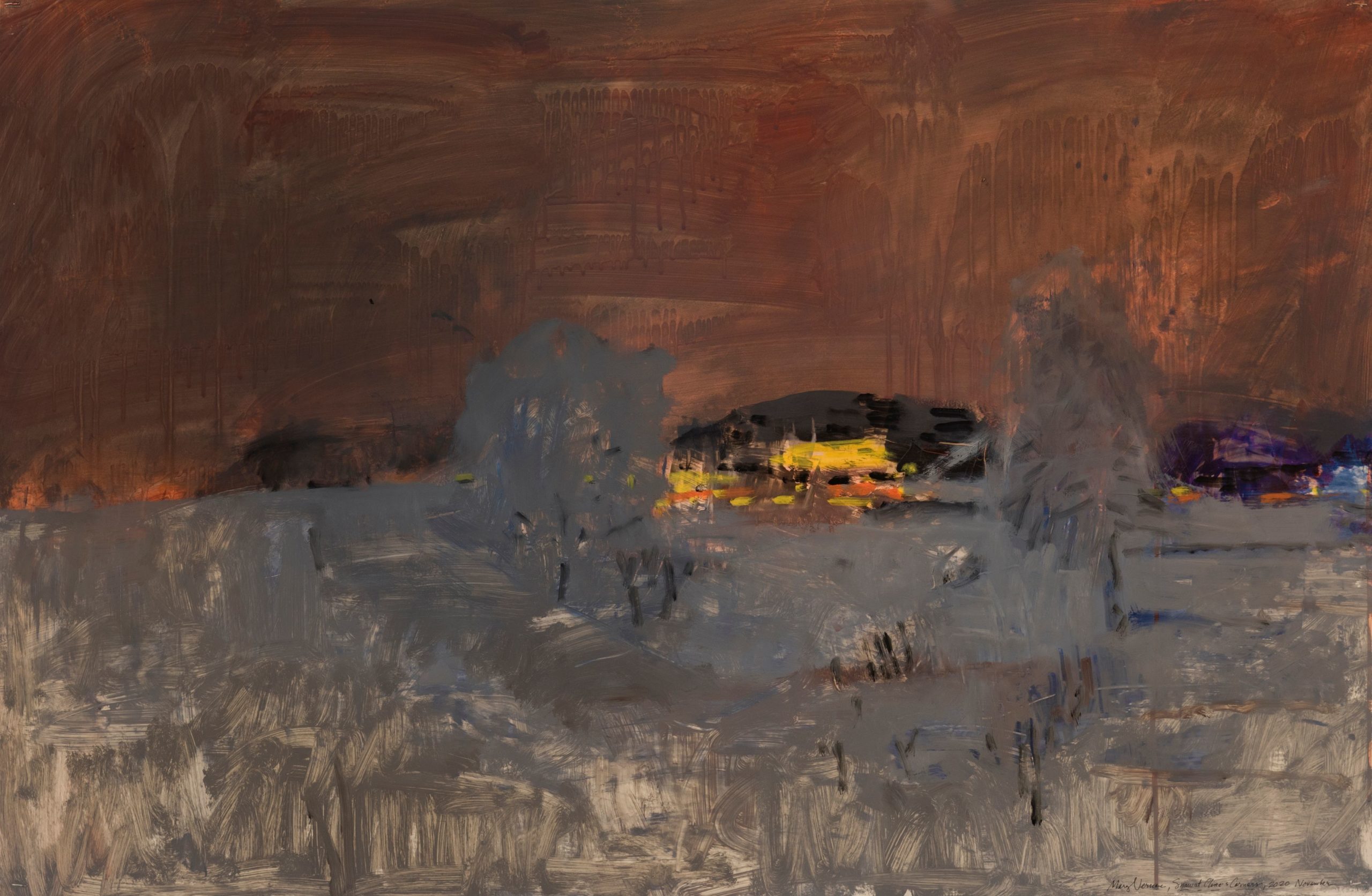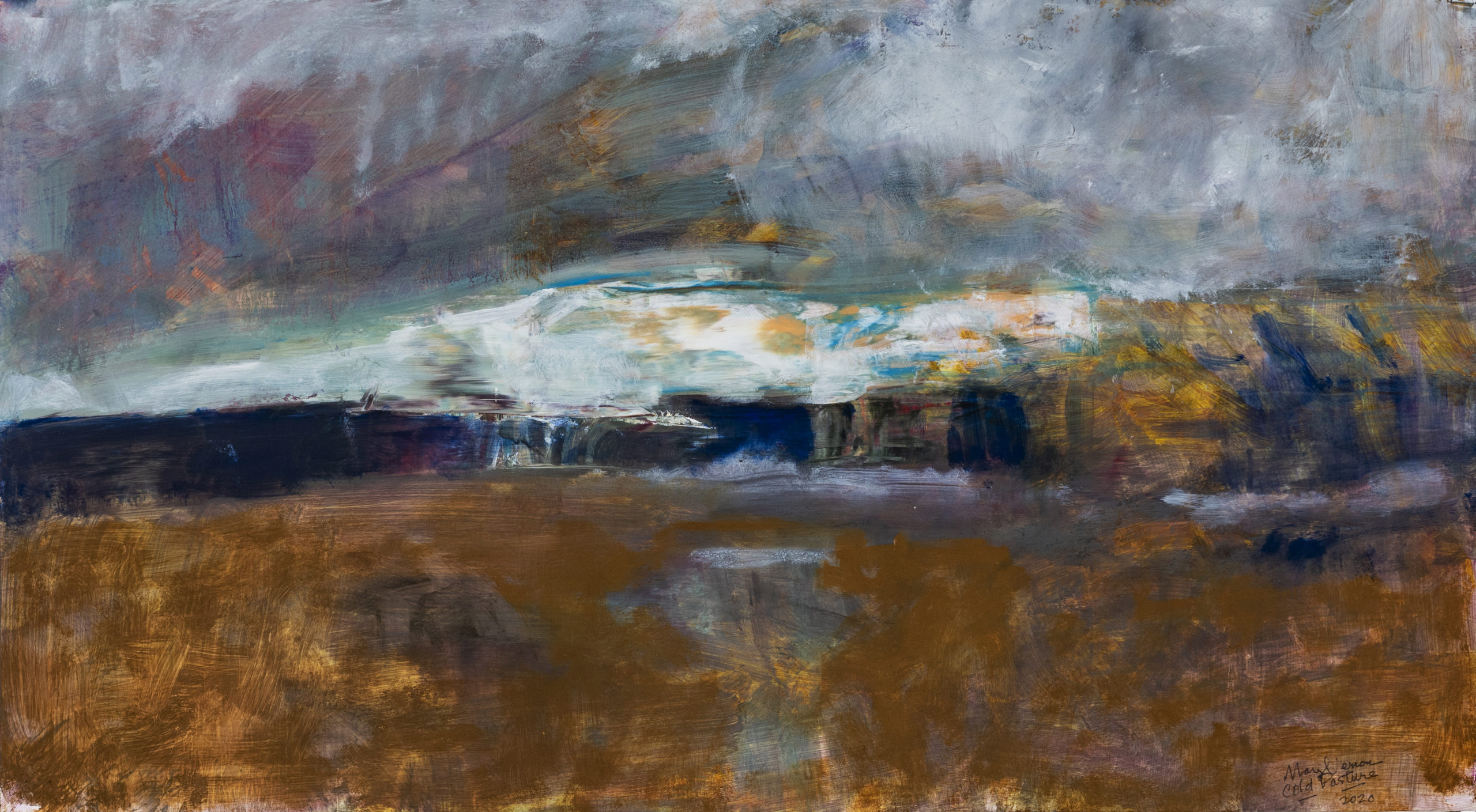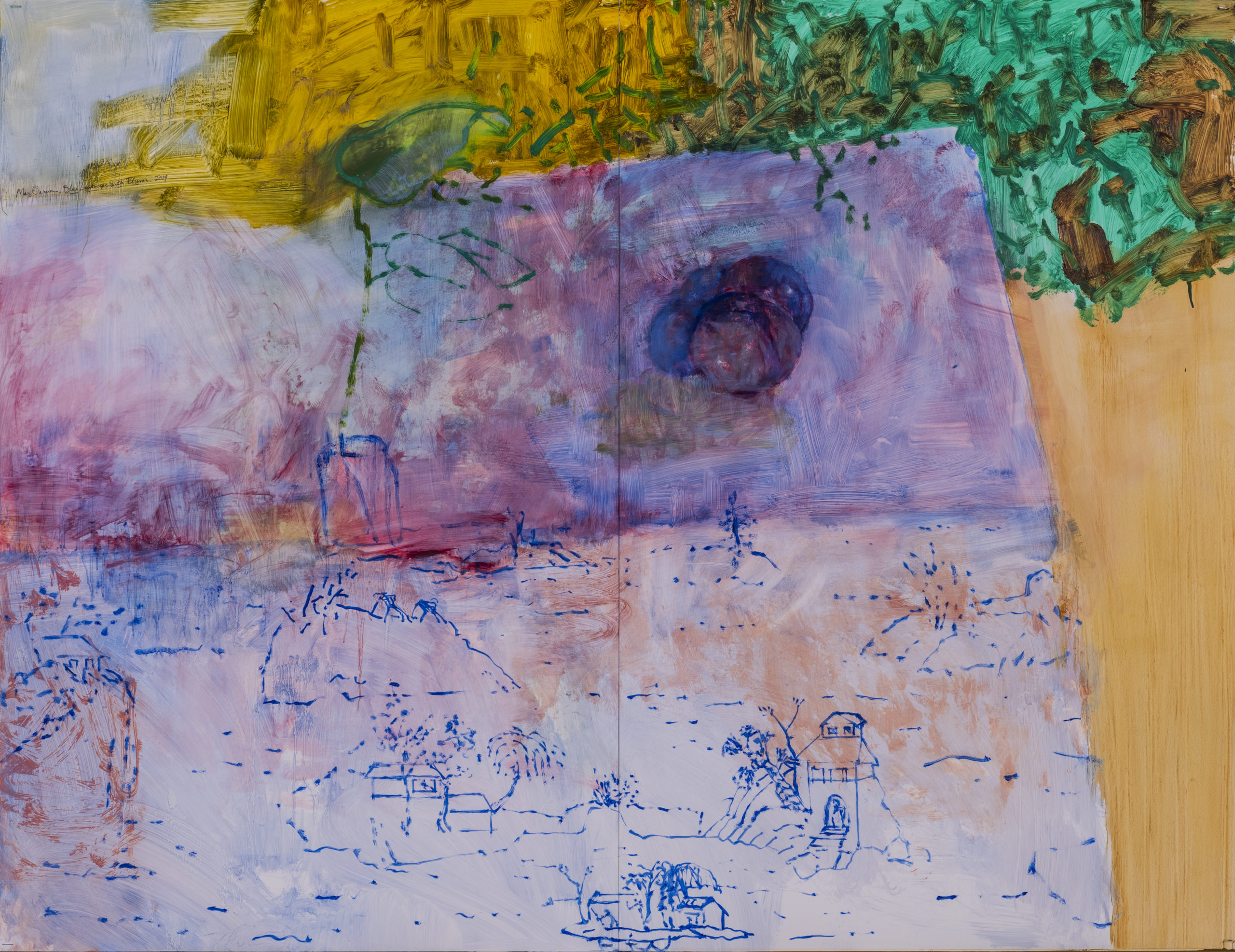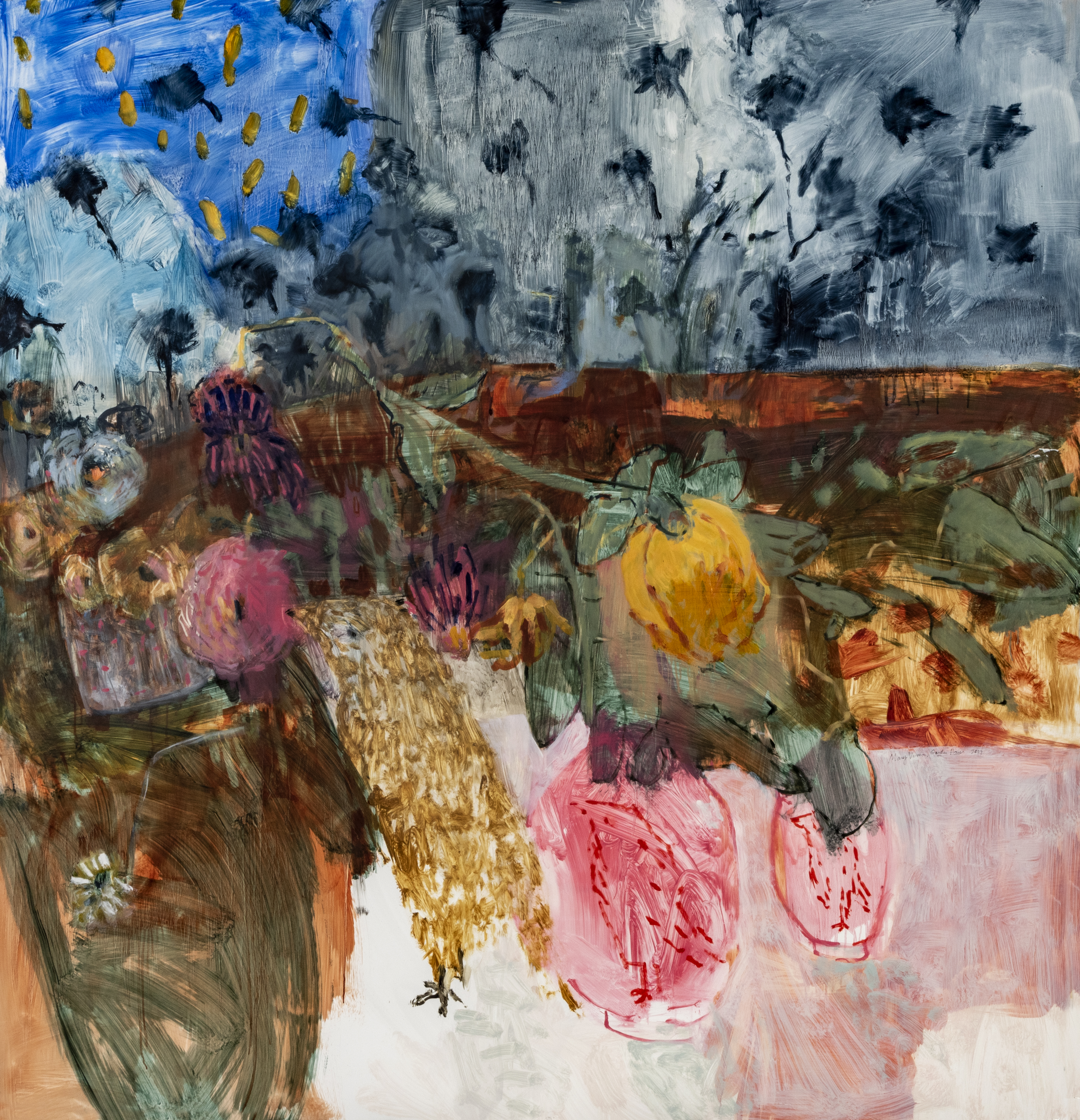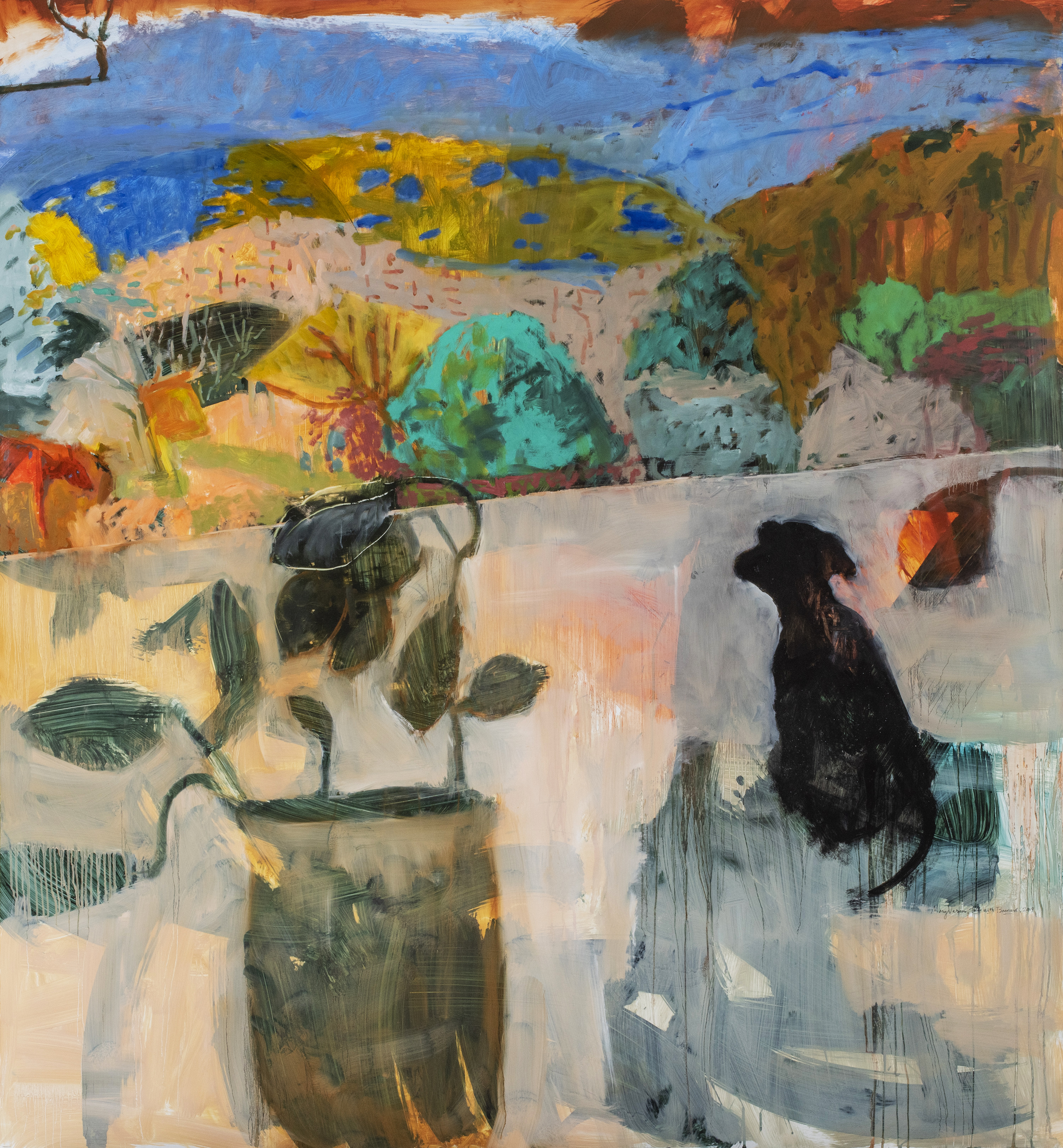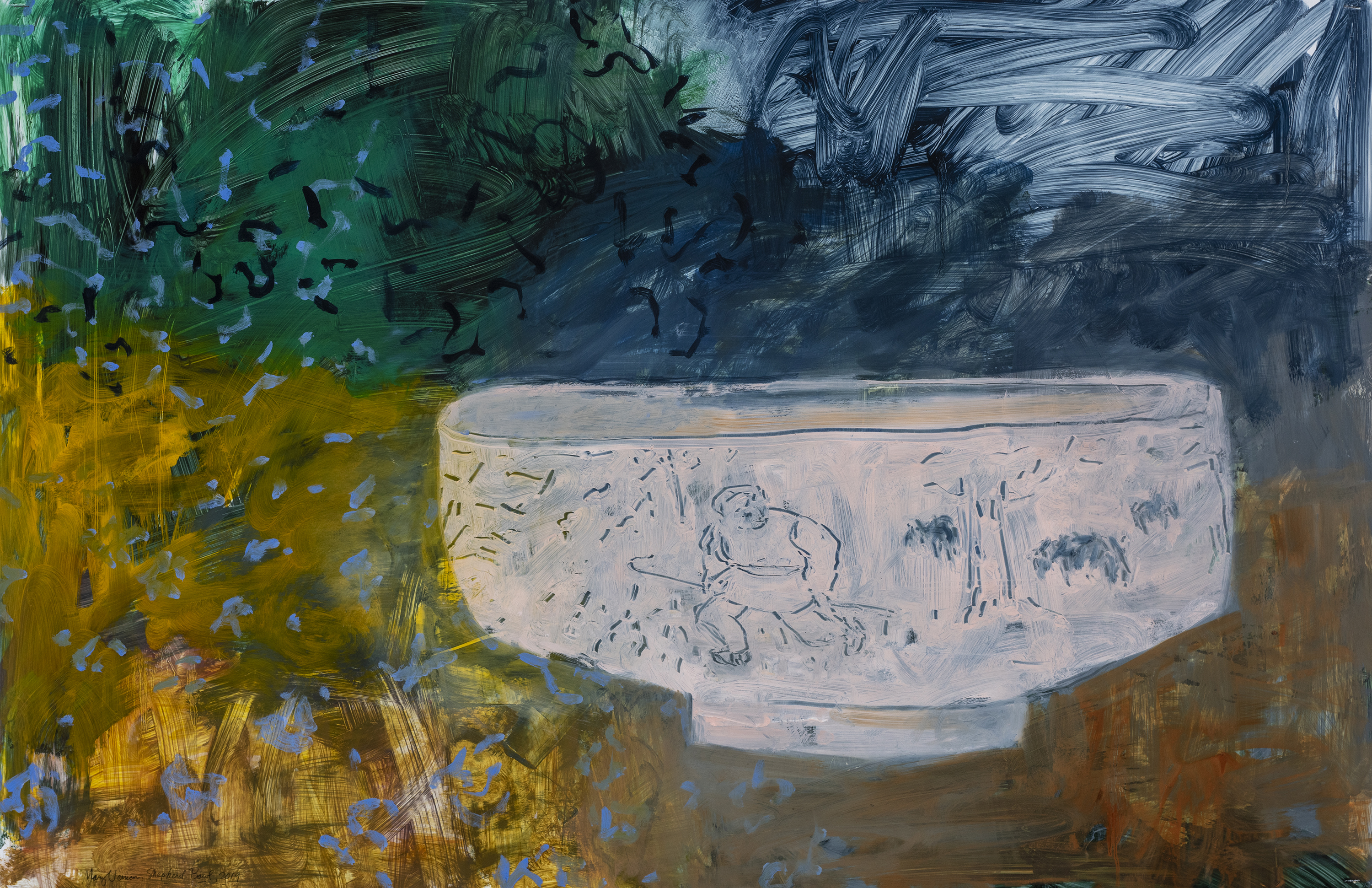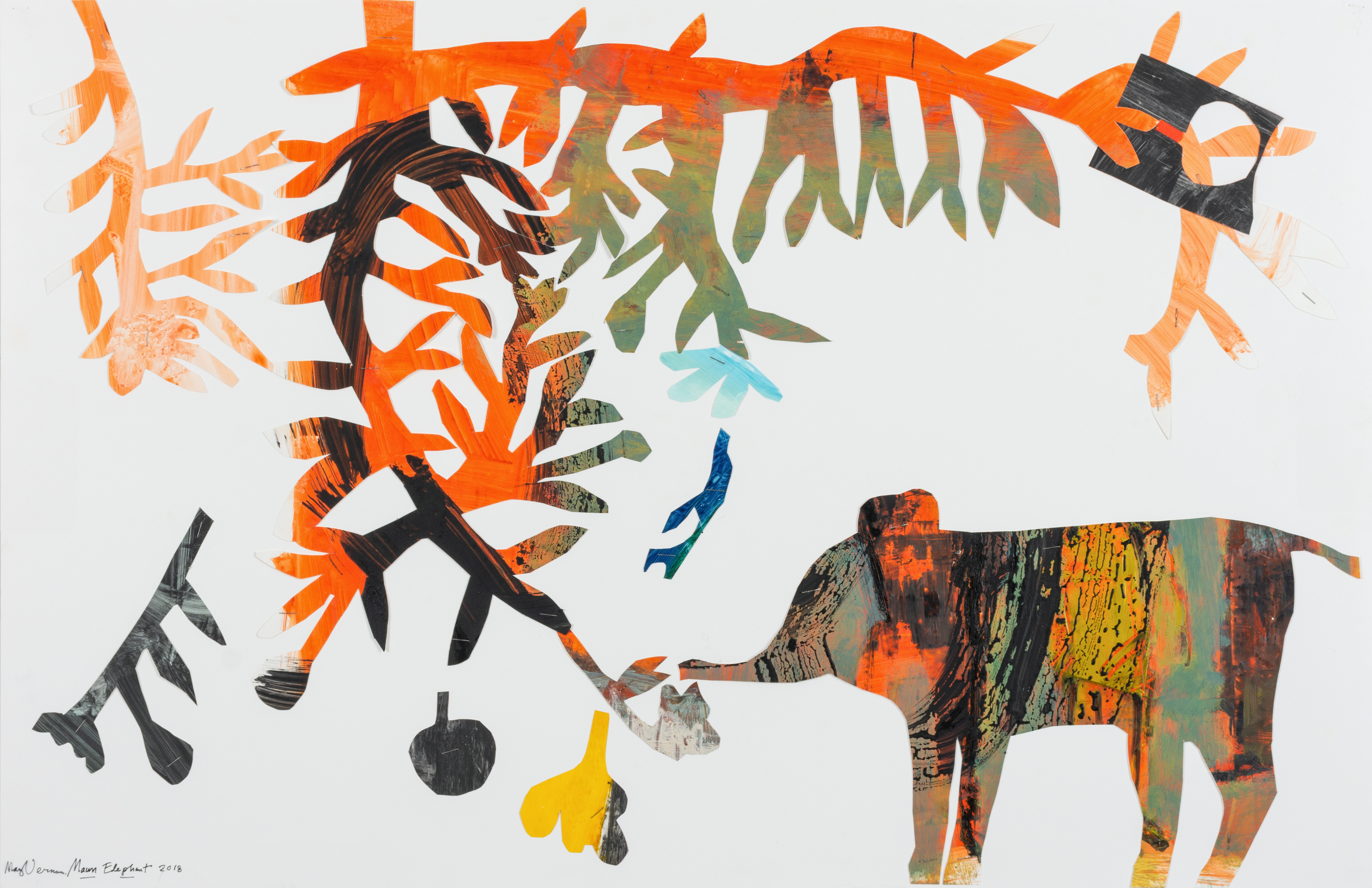
The trail in this red canyon is long and dusty. At the furthest point, the red rock walls capture a warm, shallow pond, fed by a tiny spring. In the afternoon, we and the birds and dragonflies wade in. The water feeds willows and makes our air feel cool while our eyes are stunned with warm light. In the night, the coyotes drink here. They have run in from the desert, through a gap in the rocks, fresh from hunting jackrabbits.
